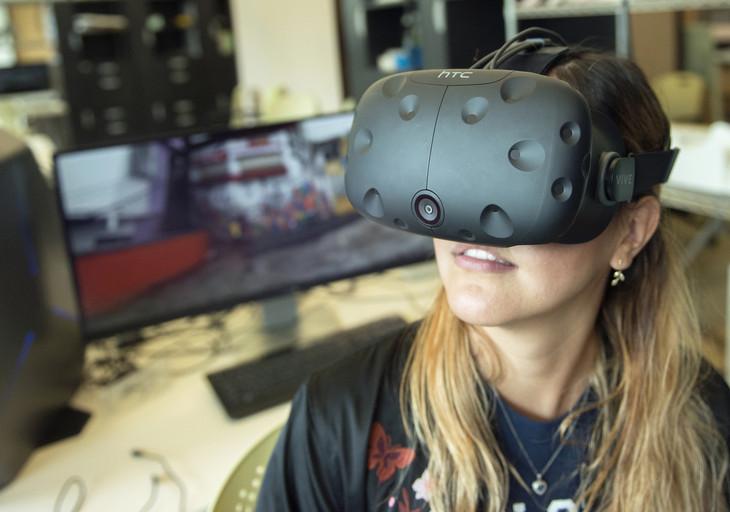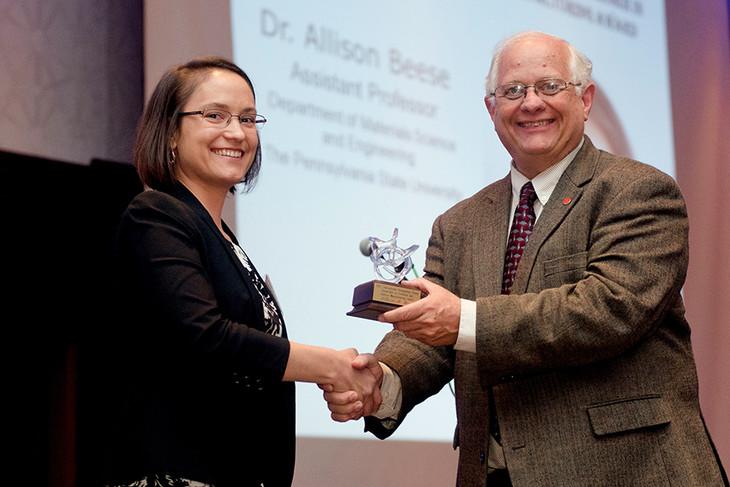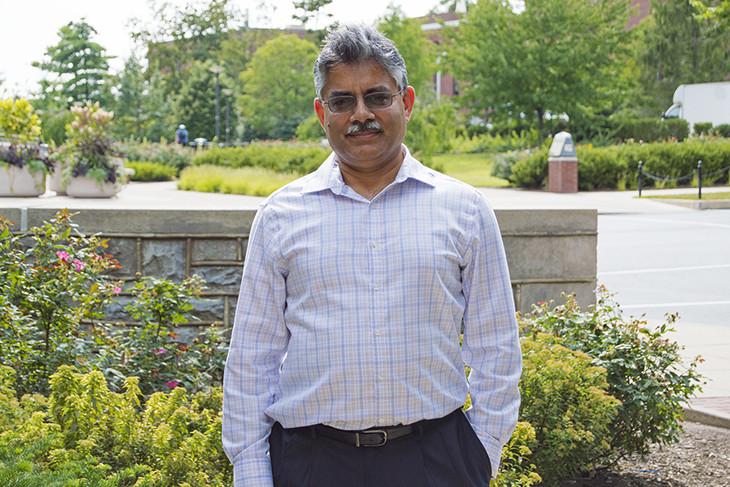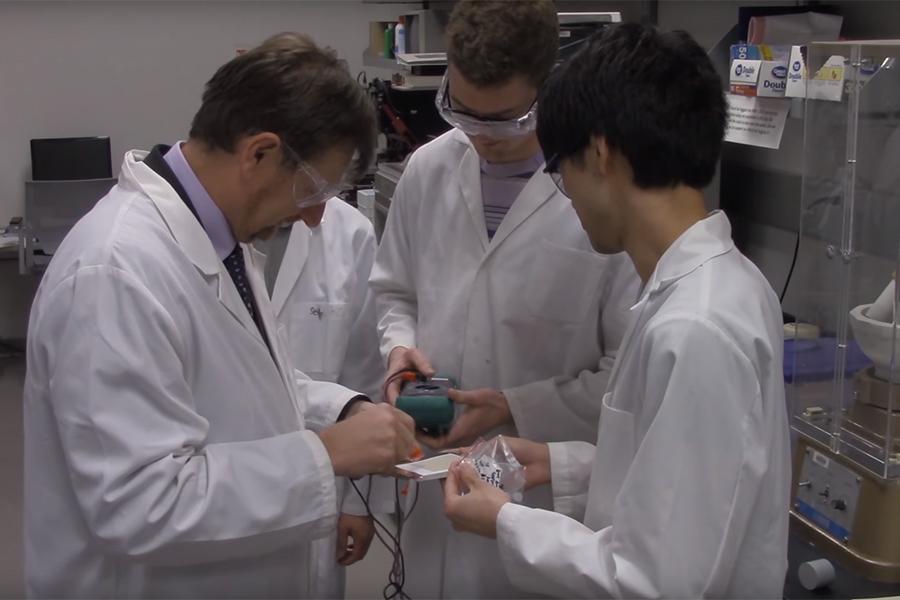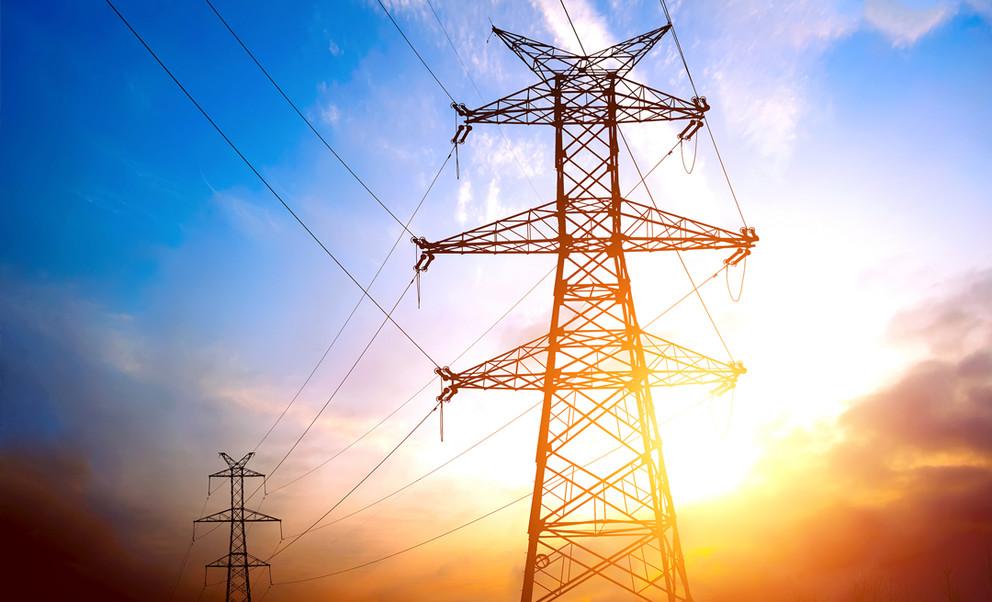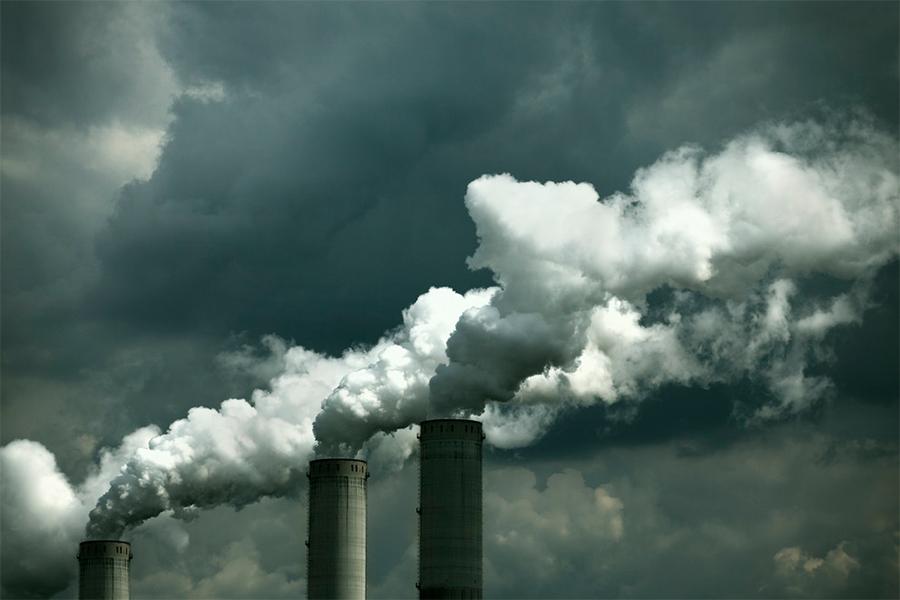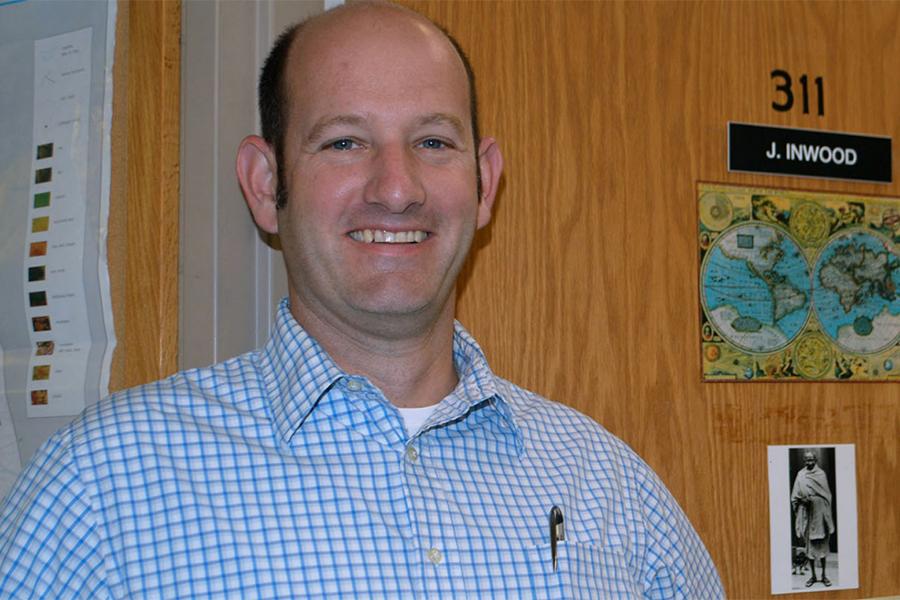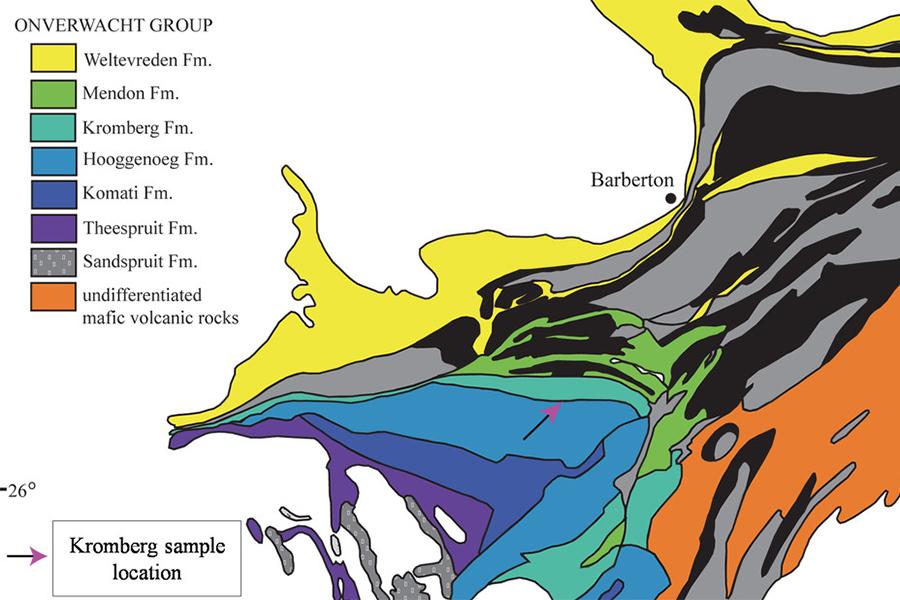Read the latest news about research conducted by investigators in the College of Earth and Mineral Sciences. Our faculty and students are continually advancing technology, creating solutions and expanding knowledge with new and innovative research.
News
In the Rio Studio, advanced architecture and landscape architecture students used digital technology, including virtual reality, to explore design solutions for a Brazilian favela. Jose Duarte, Stuckeman Chair in Design Innovation at Penn State, has long been interested in how these unplanned communities take shape, and how they evolve. What are the hidden rules that underlie their emergence and growth? By decoding these rules, he says, we can both improve existing settlements and better face the design challenges of the future.
Allison Beese, assistant professor of materials science and engineering, recently earned the International Outstanding Young Researcher in Freeform and Additive Manufacturing Award for research accomplishments related to additive manufacturing of metallic materials.
Sanjay Srinivasan, the newly appointed head of the John and Willie Leone Family Department of Energy and Mineral Engineering (EME), said he’s looking forward to helping “world-class” faculty further extend Penn State’s reputation as “the energy university.”
Penn State researchers have developed a new method for sintering, a widely used manufacturing process for powdered materials. Using far less time and energy than the standard approach, the new method could have global implications on manufacturing and energy savings and pave the way for new discoveries.
Penn State researchers have received funding from the National Science Foundation to develop a system that will assist the power industry in siting new transmission lines to accommodate a broad range of possible future evolutions of the power grid.
A new, lightweight composite material for energy storage in flexible electronics, electric vehicles and aerospace applications has been experimentally shown to store energy at operating temperatures well above current commercial polymers, according to a team of Penn State scientists. This polymer-based, ultrathin material can be produced using techniques already used in industry.
While most climate scientists, including the Intergovernmental Panel on Climate Change, implicitly define "pre-industrial" to be in the late 1800's, a true non-industrially influenced baseline is probably further in the past, according to an international team of researchers who are concerned because it affects the available carbon budget for meeting the 2 degrees Celsius (3.6 degrees Fahrenheit) warming limit agreed to in the Paris Conference of 2015.
During the civil rights movement, activist groups such as the Student Nonviolent Coordinating Committee (SNCC) used geography and geospatial intelligence to identify protest sites and to plan civil rights protests. A new $373,000 National Science Foundation grant is letting researchers dig into those geospatial tactics to see what can be learned about patterns of racial inequality and how the SNCC collected and leveraged geospatial intelligence data to bolster its activist efforts.
Large, robust, lens-shaped microfossils from the approximately 3.4 billion-year-old Kromberg Formation of the Kaapvaal craton in eastern South Africa are not only among the oldest elaborate microorganisms known, but are also related to other intricate microfossils of the same age found in the Pilbara Craton of Australia, according to an international team of scientists.
Shimin Liu, Joseph Kreutzberger Early Career Professor and assistant professor of energy and mineral engineering in the College of Earth and Mineral Sciences at Penn State, has been selected to receive one of the 2017 Freeport-McMoRan Career Development Grants from the Society for Mining, Metallurgy and Exploration.



